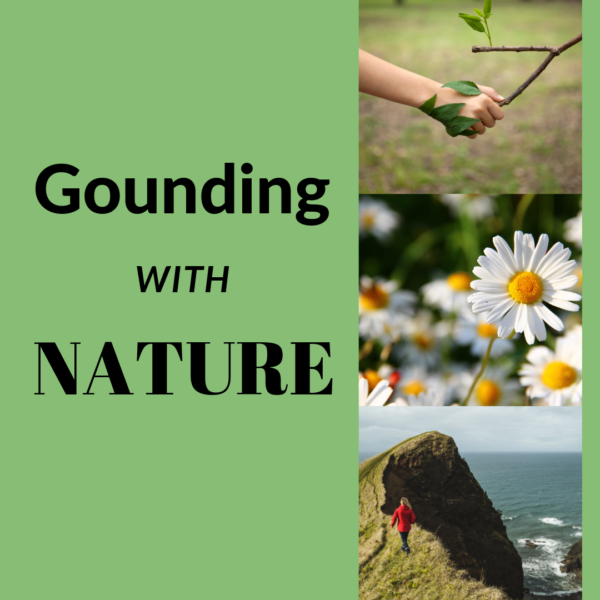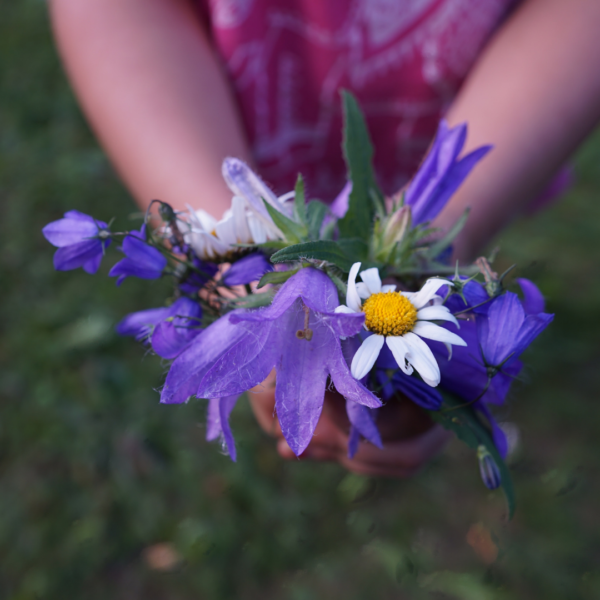At Unified Caring Association we value caring acts that help improve the world, but what does the word CARING mean? We find that everyone has a slightly different definition of this word. We took the time to consolidate some of the answers we have heard and have them listed below that helps us convey how there can be more caring in the world.
C: Communication – in relationships, parenting, workplace, community
A: Actions – caring is a verb – action spreads caring in the world, like UCA’s caring challenge, caring family activities, care for planet, care for each other and self-care.
R: Respect – our planet, air, trees, water, animals and other’s life stories
I: Integrity – shared stories of caring heroes, truth and being authentic with our word
N: Nurturing – how to nurture the growth of caring in the world – caring encouragement and inspiration
G: Giving – tips on how to provide love, empathy, emotional support and caring to the world
There are so many other ways that we have heard to share caring in the world. It is our belief that the more caring there is in the world, the better place it will be for us all. And we need to spread caring more than ever! We love sharing the caring in our blogs like, It All Starts With Self-Care and Caring Challenge Recap. Or get a daily dose of caring on Twitter, Instagram, Pinterest, and/or Tumblr.
Our intentions shape our reality. When we hold the intention of caring in our hearts we propel our lives away from apathy and toward caring connections. What we think, anticipate, hope or fear about an experience can feed it’s outcome. Tempering our attachment to a certain outcome and mindfully processing any concerns can open our minds and widen our range of experience and possibility. We infuse our energy into every outcome that we imagine, imprinting our energy into the experience. If we wish to experience greater happiness, we must infuse with caring!























